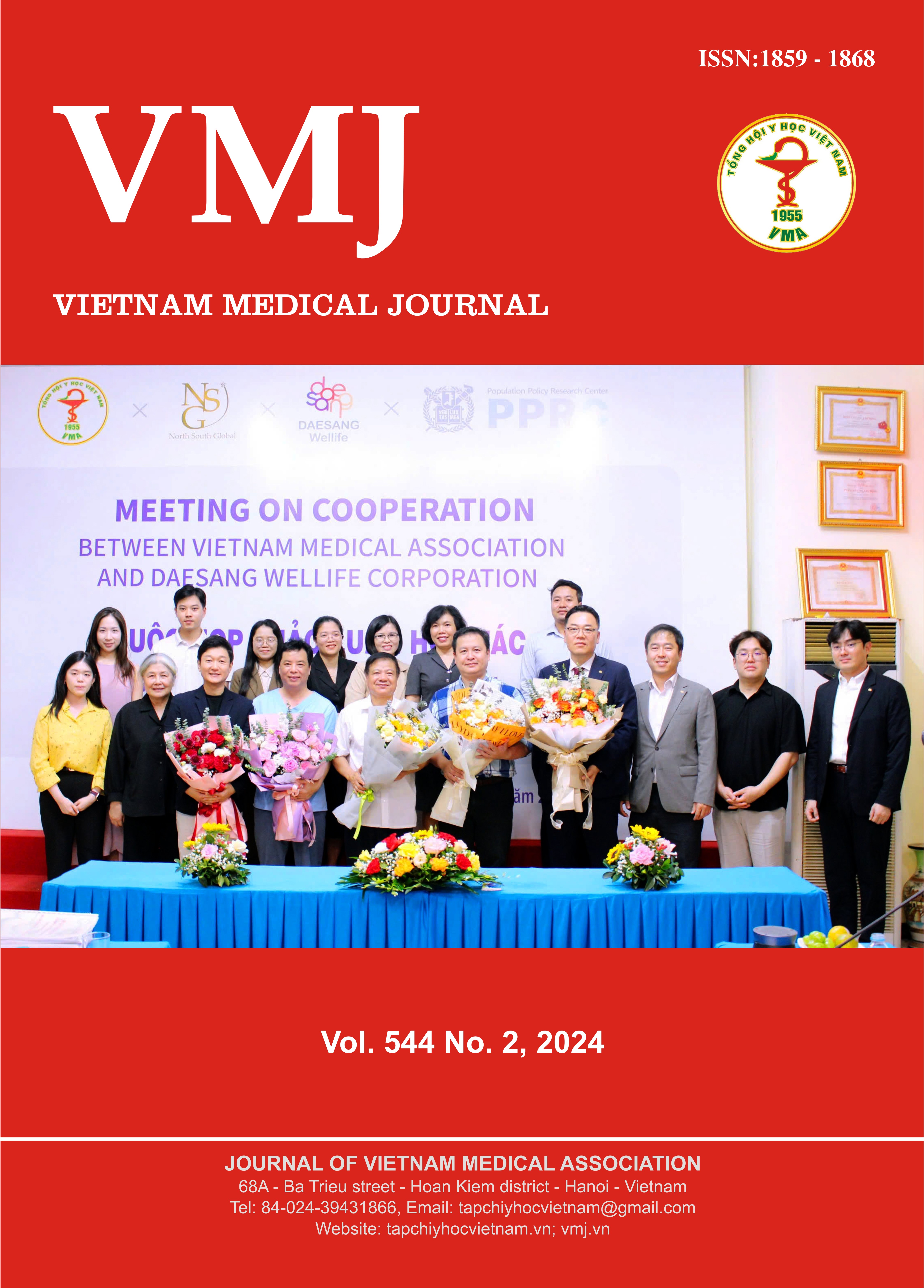DEVELOPMENT OF A COMBINATION TABLET TO TACKLE THE DRUG RESISTANCE OF ORAL CANDIDIASIS
Main Article Content
Abstract
Candida infections, particularly those caused by Candida albicans, pose significant health risks, especially due to increasing antifungal resistance. Fluconazole, a commonly used antifungal, is losing efficacy against resistant strains, necessitating new treatment strategies. This study aims to develop and evaluate tablets combining ibuprofen and fluconazole to address fluconazole-resistant candidiasis. Fluconazole and ibuprofen were formulated into tablets using wet granulation. Various excipients and superdisintegrants were tested to optimize tablet properties. The final formulation was assessed for flowability, compressibility, and quality control specifications. Antifungal susceptibility was tested in vitro against fluconazole-sensitive and fluconazole-resistant C. albicans strains. The optimal tablet formulation contained 150 mg fluconazole, 50 mg ibuprofen, Avicel PH-101, PVP K30, sodium croscarmellose, and magnesium stearate. Quality control tests showed compliance with pharmacopoeia standards, including hardness, friability, and disintegration time. Antifungal testing revealed that the combination tablets-maintained activity against fluconazole-sensitive strains and exhibited significant antifungal effects against fluconazole-resistant strains, demonstrating a synergistic interaction. This study successfully developed a combination tablet of fluconazole and ibuprofen that is effective against fluconazole-resistant C. albicans. The findings support the potential of this combination therapy for treating resistant candidiasis, warranting further clinical investigation.
Article Details
Keywords
Candida albicans, fluconazole, ibuprofen, tablets
References
2. Bongomin F, Gago S, Oladele RO, Denning DW. Global and Multi-National Prevalence of Fungal Diseases-Estimate Precision. J Fungi (Basel). 2017;3(4).
3. Kabir MA, Hussain MA, Ahmad Z. Candida albicans: A Model Organism for Studying Fungal Pathogens. ISRN Microbiol. 2012;2012:538694.
4. Coordination G, Alastruey-Izquierdo A, Organization WH, Organization WH. WHO fungal priority pathogens list to guide research, development and public health action. Organización Mundial de la Salud (OMS); 2022. Report No.: 9240060251.
5. Pappas PG, Lionakis MS, Arendrup MC, Ostrosky-Zeichner L, Kullberg BJ. Invasive candidiasis. Nat Rev Dis Primers. 2018;4:18026.
6. US centers for disease control and prevention. Antimicrobial-Resistant Invasive Candidiasis. 2024.
7. Noi H, Nang D, Trang N, Phong H, Long H, Quoc P, et al. Candidiasis and antifungal drug resistance in the Asia-Pacific region.
8. Nguyen VTB, Nguyen TAT, Dang NDT. Khảo sát tình hình nhiễm nấm xâm lấn và sử dụng thuốc kháng nấm trên bệnh nhân nội trú tại bệnh viện đại học y dược thành phố Hồ Chí Minh. 2021.
9. Liu S, Hou Y, Chen X, Gao Y, Li H, Sun S. Combination of fluconazole with non-antifungal agents: a promising approach to cope with resistant Candida albicans infections and insight into new antifungal agent discovery. Int J Antimicrob Agents. 2014;43(5):395-402.
10. Krol J, Nawrot U, Bartoszewicz M. Anti-candidal activity of selected analgesic drugs used alone and in combination with fluconazole, itraconazole, voriconazole, posaconazole and isavuconazole. J Mycol Med. 2018;28(2):327-331.
11. Costa-de-Oliveira S, Miranda IM, Silva-Dias A, Silva AP, Rodrigues AG, Pina-Vaz C. Ibuprofen potentiates the in vivo antifungal activity of fluconazole against Candida albicans murine infection. Antimicrob Agents Chemother. 2015;59(7):4289-4292.
12. Sharma M, Biswas D, Kotwal A, Thakuria B, Kakati B, Chauhan BS, et al. Ibuprofen-mediated reversal of fluconazole resistance in clinical isolates of Candida. J Clin Diagn Res. 2015;9(1):DC20-22.
13. Lijie S, Yanchao C, Biao L, Fan Y, Wenhe Z, Liu C, et al. Fluconazole tablet composition, tablet and preparation method. China patent CN112137972A. 2020.
14. Irvine J, Afrose A, Islam N. Formulation and delivery strategies of ibuprofen: challenges and opportunities. Drug Dev Ind Pharm. 2018;44(2):173-183.
15. Consiglieri VO, Mourão S, Sampaio M, Granizo P, Garcia P, Martinello V, et al. Improvement of fluconazole flowability and its effect on dissolution from tablets and capsules. 2010;46:115-120.
16. Pharmacopeia UJR, MD: US Pharmacopeia. United States Pharmacopeia and National Formulary (USP 37–NF 32). 2014.
17. Rowe RC, Sheskey P, Quinn M. Handbook of pharmaceutical excipients: Libros Digitales-Pharmaceutical Press; 2009.
18. Arai R, Sugita T, Nishikawa A. Reassessment of the in vitro synergistic effect of fluconazole with the non-steroidal anti-inflammatory agent ibuprofen against Candida albicans. Mycoses. 2005;48(1):38-41.
19. Ricardo E, Costa-de-Oliveira S, Dias AS, Guerra J, Rodrigues AG, Pina-Vaz C. Ibuprofen reverts antifungal resistance on Candida albicans showing overexpression of CDR genes. FEMS Yeast Res. 2009;9(4):618-625.


